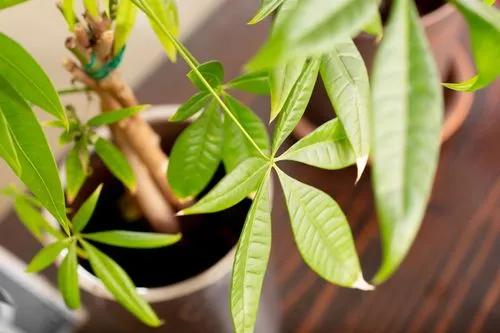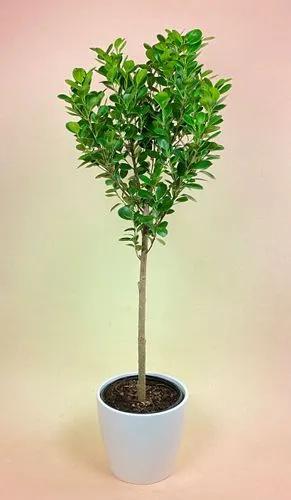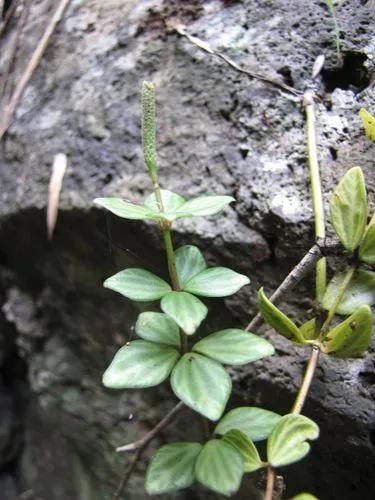Trailing coleus are a staple for mixed containers and baskets. These small scalloped dark rose leaves with a yellow center mark have a brilliant green edge. These are nicely vigorous and provide a contrast to blooming annuals.
Great Falls Iguazu Coleus Care
Coleus Scutellarioides 'great Falls Iguazu'



How to Care for the Plant

Water

Coleus plants grow best in soil that is consistently moist but not soggy. The soil should not remain wet all the time, but long dry spells will slow the plants’ growth, and the leaves will start to turn brown around the edges. Mulch will help the soil retain moisture longer, but don't use cedar mulch, which can be toxic to coleus. Also, don't let the mulch touch the stems, as it can promote rot and hide slugs.

Pruning

To get full, bushy plants, pinch out the growing tips when the plants are about 6 inches tall. You can do this a few more times if you like, but after the plants start sending up flower stalks, you’ll be pinching out these stalks and getting the same results as pinching the tips.

Fertilizer

If you have rich soil, you may not need to feed coleus plants at all. If you have poor soil, give the plants a monthly feeding with a balanced fertilizer mixed at half strength. You’ll get the best color from your coleus leaves if you go easy on the fertilizer.

Sunlight

Coleus is a classic part-shade to full-shade plant, but light exposure depends on the variety. The old-fashioned seed-grown coleus does best in part shade to full shade, but the newer cultivars have their best color if grown where they can receive more sun. However, it also depends on your climate. If you live in a hot, dry area, all types will need some shade, especially in the afternoon. In cooler areas with shorter seasons, the shade coleus will need more sun exposure to help them warm up.

Soil

Coleus prefers a consistently moist, rich, loose soil. Before planting, amend the soil with compost or another organic material. For potted plants, any good-quality peat-based potting mix will work fine. Container-grown coleus love the loose texture of potting soil, and it always helps to start with a quality mix with a slightly acidic to neutral pH of 6.0 to 7.0. Provide drainage in the pot to ensure the soil isn't constantly wet, which leads to root rot.

Temperature

As a tropical plant, coleus thrives in hot, humid conditions. In temperate climates, the barest hint of frost will spell the end of the plants. Make sure to take cuttings of any favorite plants before the weather turns cold. Keep indoor plants away from air conditioner vents and other cold spots. In dry climates, the plants will like some humidity from a humidifier or a bathroom environment. To take potted plants outdoors in spring, wait until the temperature is 70 degrees Fahrenheit or warmer.

Additional

Some, but not all, coleus plant varieties contain diterpene coleonol, a compound that is toxic to animals. Unless you can confirm your plant is not toxic, it's best to keep it away from pets. If you suspect your pet has eaten any part of a coleus plant, contact a vet for recommendations.

Popularity

344 people already have this plant 49 people have added this plant to their wishlists
Discover more plants with the list below
Popular articles






